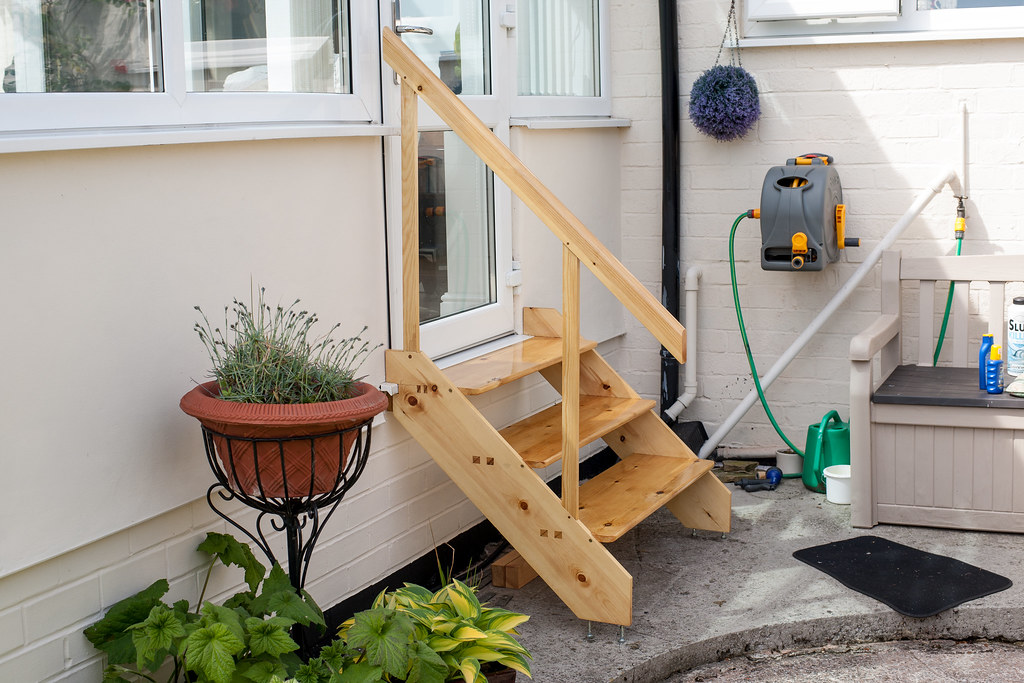custard
Established Member
I need to make a quick job for the house, a plant stand that rests against a wall. It will look something like this.

Here's my question. How would you prevent the feet from rotting? It will sit on flagstones rather than soil, so I was thinking of a stainless steel screw in each foot to lift it above the moisture, but does anyone have any better ideas?
Thanks

Here's my question. How would you prevent the feet from rotting? It will sit on flagstones rather than soil, so I was thinking of a stainless steel screw in each foot to lift it above the moisture, but does anyone have any better ideas?
Thanks



































